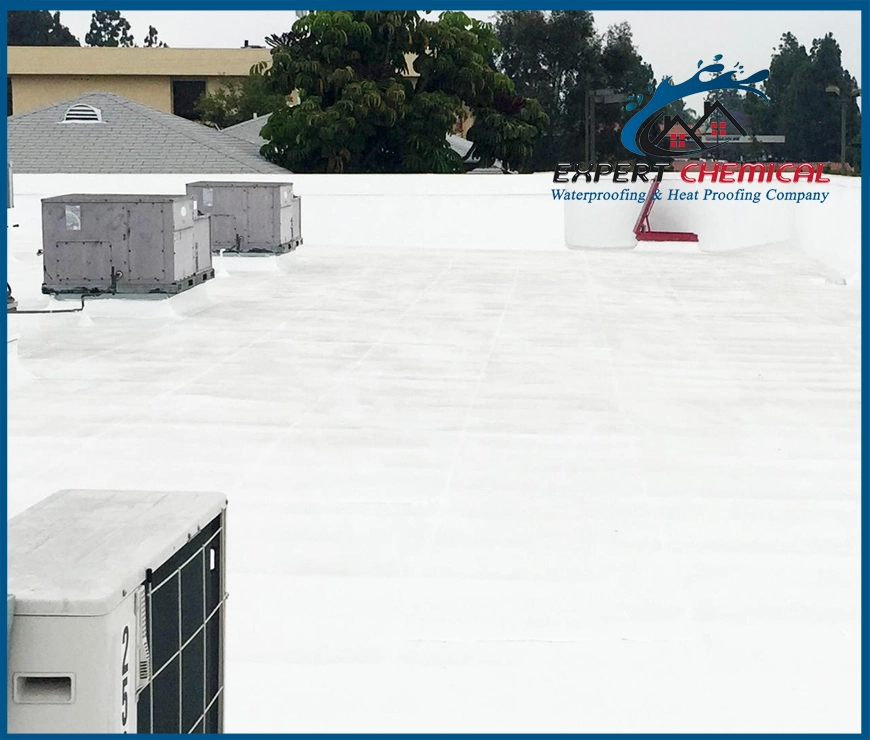Roof leakage is one of the most common issues homeowners face. Whether it's due to age, weather conditions, or poor installation, a leaking roof can lead to serious damage if not addressed quickly. Not only can roof leaks cause structural problems, but they can also create a damp environment, leading to mold, mildew, and even electrical hazards. Fortunately, there are various solutions to prevent roof leakage, and taking quick action can save you significant repair costs in the long run.

Identifying the Cause of Roof Leakage
Before finding a solution, it’s crucial to identify the cause of the leakage. Roofs can leak due to a variety of reasons, including damaged shingles, clogged gutters, poor flashing, or even improper roof installation. Here’s a look at some common causes:
Damaged or Missing Shingles: Shingles wear down over time, and missing or damaged ones can allow water to seep through. Regular inspections can help you catch this early.
Clogged Gutters: When gutters become clogged, rainwater can overflow and seep into the roof’s structure, causing leaks. Cleaning your gutters regularly can prevent this.
Improper Roof Flashing: Flashing is the material around chimneys, vents, and skylights that directs water away. If flashing is improperly installed or damaged, it can cause water to leak into your home.
Cracked Roofing Material: Over time, roofing materials can crack due to temperature fluctuations, storms, or general wear and tear.
Roof Leakage Solutions
Once the cause of the leakage is identified, it’s time to take action. Depending on the severity of the problem, you can either attempt a DIY fix or contact a professional roofer.
Replace Damaged Shingles: If you notice missing or cracked shingles, replacing them is a simple and cost-effective way to stop a leak. Make sure to use shingles that match the existing ones to maintain the integrity of the roof.
Clear the Gutters: Regularly cleaning your gutters and downspouts ensures that water flows freely, reducing the risk of leaks caused by water overflow. This is especially important during heavy rain seasons.
Fix Roof Flashing: If the flashing around your chimney, vents, or skylights is damaged, resealing or replacing it can prevent leaks. Use roofing cement or a silicone-based sealant to fix small gaps, or replace flashing if it’s beyond repair.
Roof Coating and Sealants: Applying a waterproof coating to your roof can prevent leaks, especially if your roof is old or has minor cracks. These coatings create a waterproof barrier that helps prevent water from seeping through.
Attic Insulation and Ventilation: Proper attic insulation and ventilation can help regulate the temperature of your roof, reducing the risk of ice dams and condensation buildup that can lead to leaks.
Professional Inspection and Repair: For more severe leaks or if you’re unsure about the cause of the issue, hiring a professional roofer is the best solution. They can identify underlying problems that may not be visible to the untrained eye and provide long-term repairs.

Prevention Tips
To avoid roof leaks in the future, consider these preventive measures:
Schedule Regular Roof Inspections: Annual inspections can help catch small issues before they become major problems.
Maintain Gutters and Downspouts: Cleaning your gutters and ensuring water flows properly can prevent leaks caused by water backup.
Ensure Proper Attic Ventilation: Proper ventilation prevents condensation and ice dam formation, which can lead to leaks.
Conclusion
A leaking roof is a serious issue that requires immediate attention to prevent further damage to your home. Whether you opt for DIY solutions or hire a professional, addressing the problem early can save you time, money, and stress. Regular maintenance and prompt repairs are key to ensuring the long-term health of your roof and protecting your home from the elements. Don’t wait for the next rainstorm to discover a leak—take action today and keep your home safe from water damage.